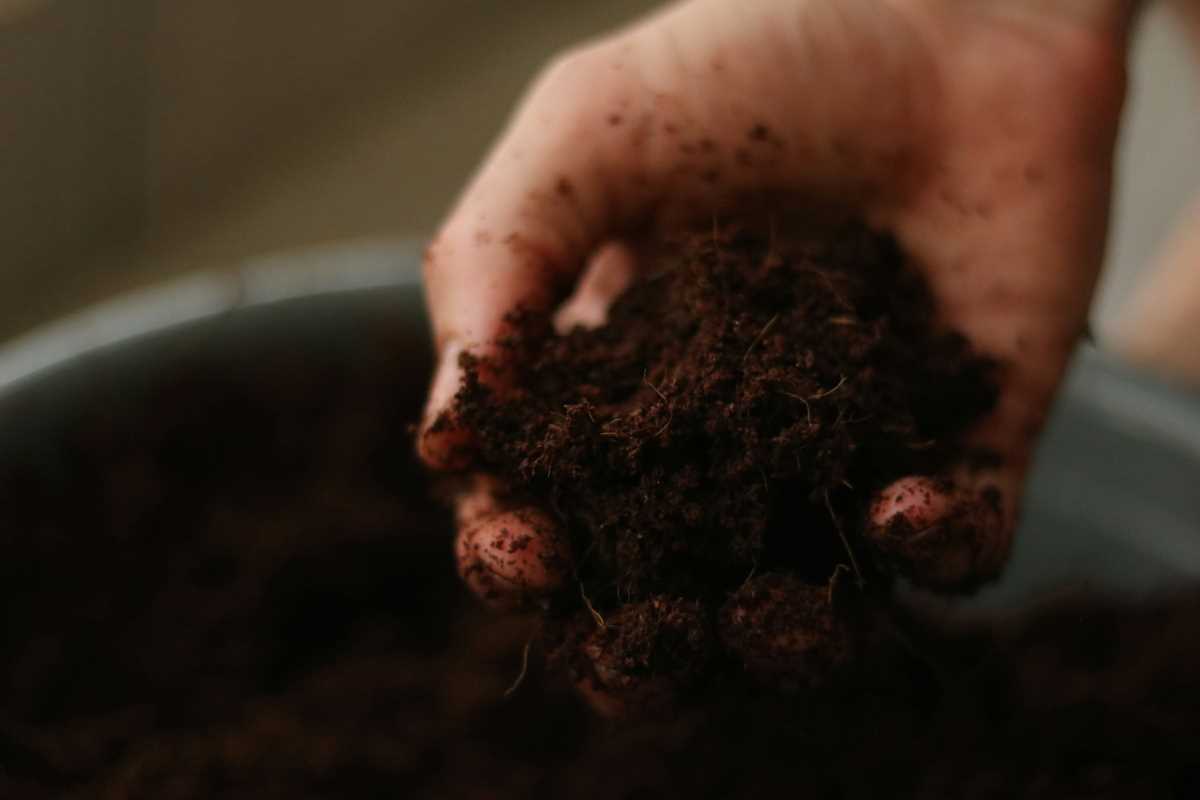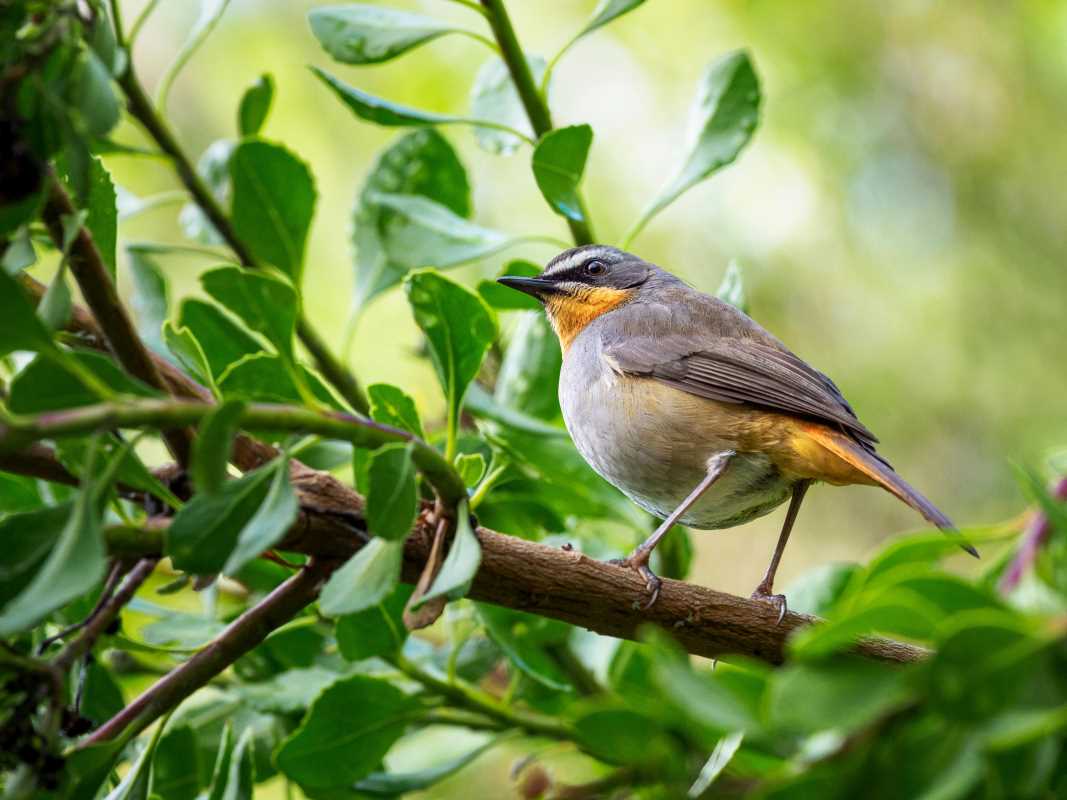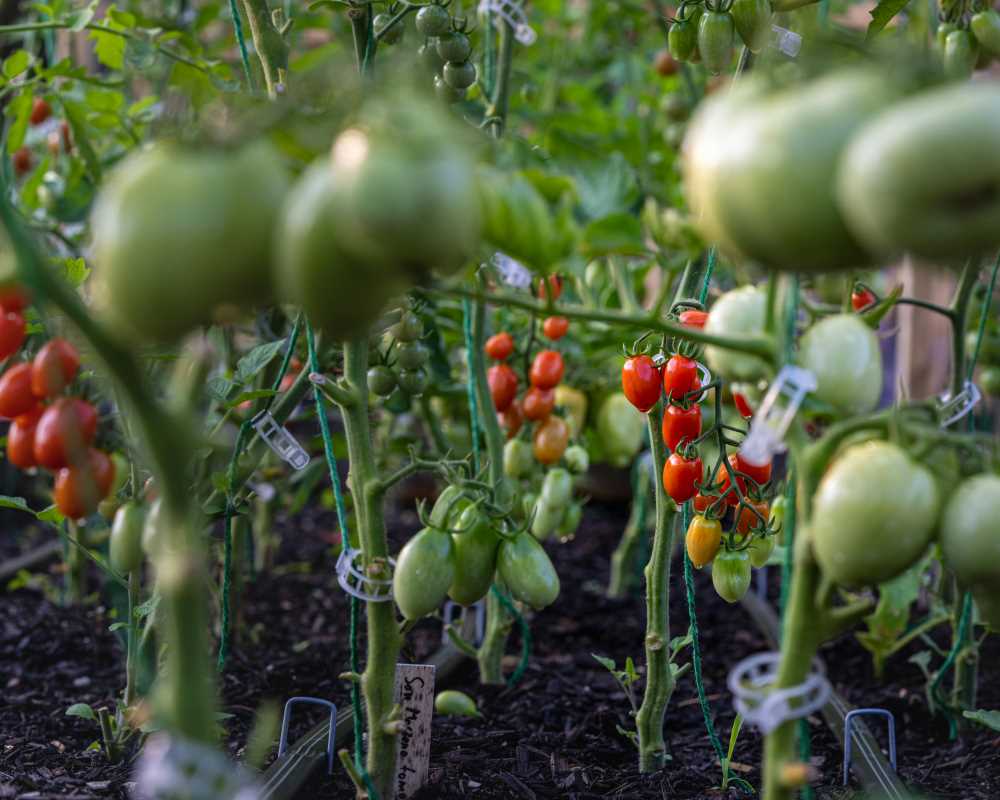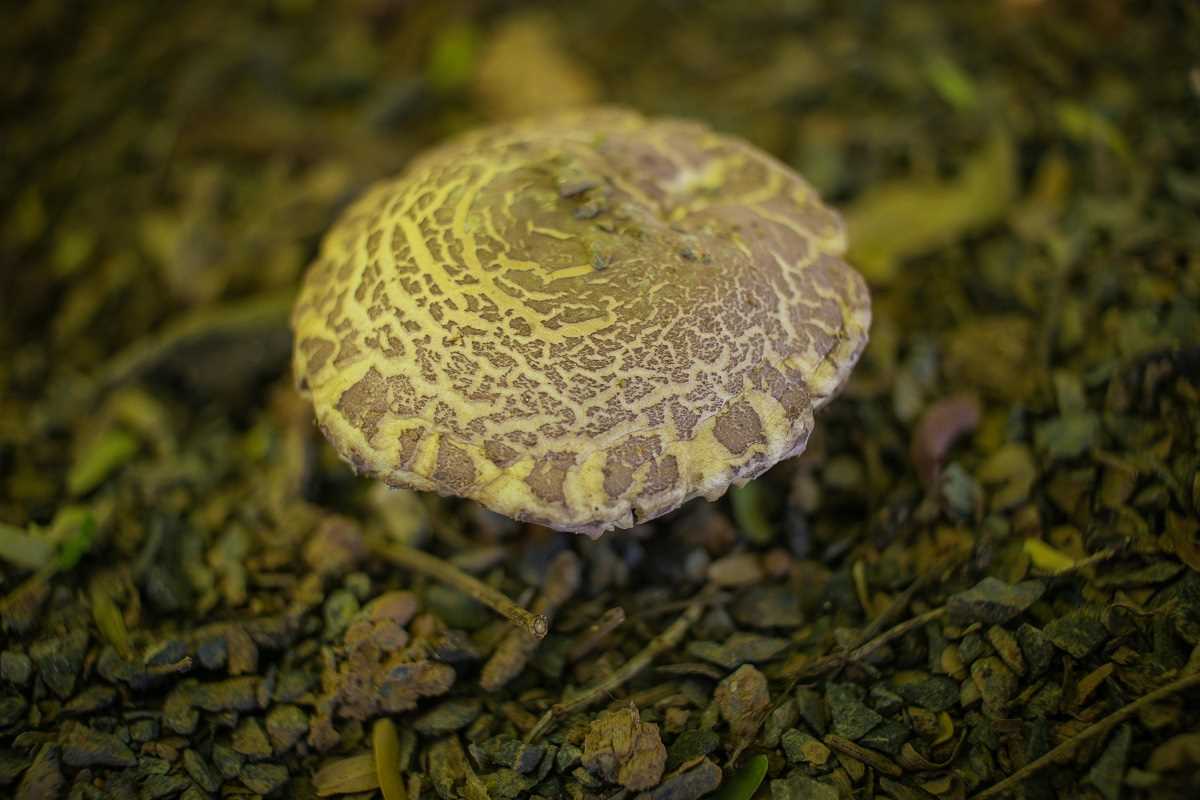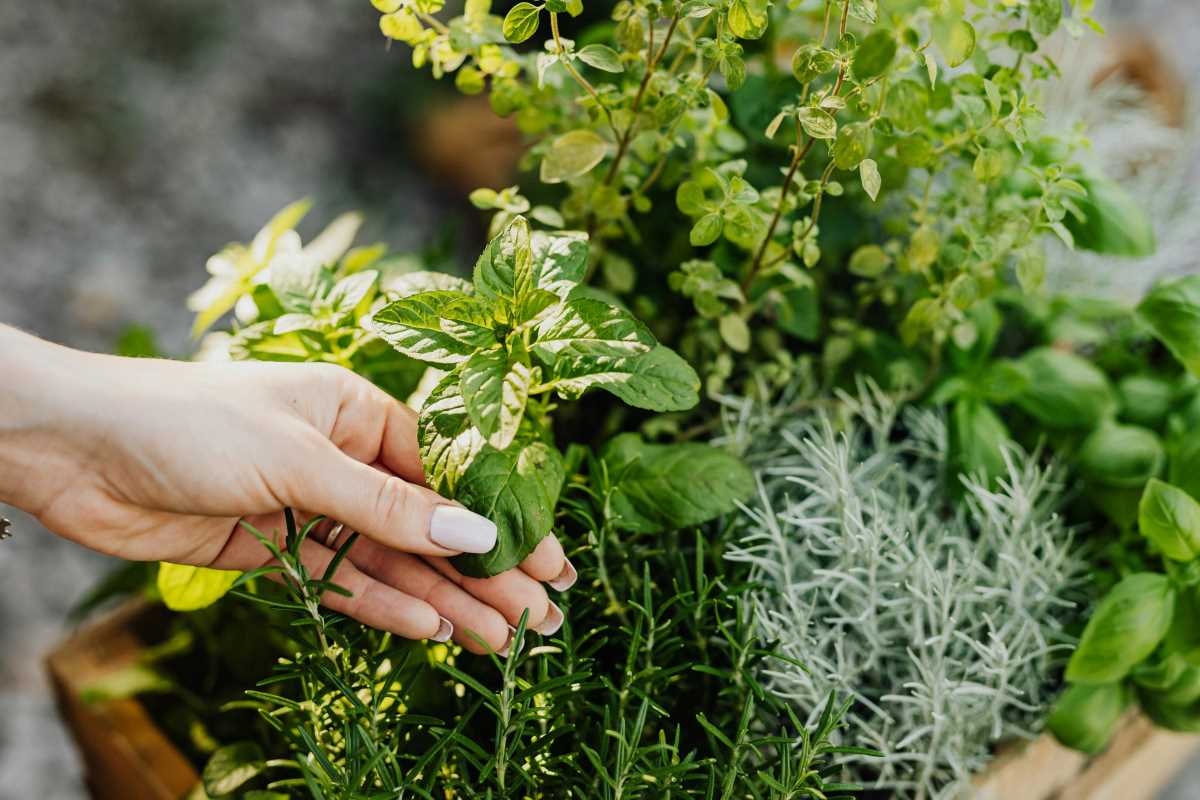A flourishing plant bed is every gardener's pride, and with the right strategies, you can enjoy vibrant, thriving gardens throughout the year. Seasonal gardening is all about working with nature’s rhythm to nurture your soil, select appropriate plants, and carry out timely maintenance. Whether you're an experienced gardener or just starting, this guide will show you how to keep your plant beds healthy and beautiful through all four seasons.
Why Seasonal Gardening Matters
Gardening isn’t a one-and-done activity; it evolves alongside the seasons. By tailoring your approach to each time of year, you can:
- Extend bloom periods for ornamental plants.
- Ensure you’re growing vegetables and fruits in their prime conditions.
- Enhance soil health over time.
- Support local pollinators, birds, and beneficial insects.
Seasonal gardening allows you to work with nature rather than fight against it, ensuring long-term success and enjoyment.
Spring Gardening Tips
Spring is a season of renewal and growth. This is when your plant beds wake up after the winter dormancy, and it’s the best time to prepare the groundwork for thriving gardens.
1. Prepare the Soil
Winter may have compacted your soil, so the first step is to loosen and revitalize it.
- Clear Debris: Remove dead leaves, branches, and weeds from plant beds. These can harbor pests or diseases that might harm new growth.
- Amend the Soil: Add compost or well-rotted plant-based organic matter to enrich nutrient-deficient soil. This also improves drainage and aeration.
2. Choose Early Bloomers
Planting early bloomers gives your garden a pop of color while attracting pollinators as temperatures warm.
- Flowers: Crocuses, tulips, and daffodils are excellent spring flowers.
- Vegetables: Consider peas, radishes, spinach, and lettuce, as they thrive in the cooler spring weather.
3. Mulch for Moisture Control
Spread a layer of mulch to retain moisture and suppress weeds. Use plant-based options like shredded leaves, straw, or bark chips for eco-friendly results.
Summer Gardening Tips
When the sun shines its brightest, gardens burst with life. Summer requires careful management to keep plants hydrated, fed, and pest-free.
1. Keep Up with Watering
Hot weather means your plant beds will need extra hydration.
- Water Deeply: Water deeply at the base of plants early in the morning or late in the afternoon to avoid evaporation.
- Mulch Maintenance: Reapply mulch if necessary to reduce moisture loss and maintain consistent soil temperature.
2. Fertilize Appropriately
Plants grow the fastest during summer and will need periodic feeding. Use organic fertilizers like compost tea, alfalfa meal, or seaweed extract to provide nutrients without harming pollinators or soil health.
3. Deadhead Spent Blooms
Remove faded flowers to redirect energy into producing new blooms instead of seeds. This works especially well for roses, zinnias, and petunias.
4. Monitor for Pests
Warm weather attracts bugs, but not all insects are bad!
- Introduce ladybugs or lacewings to control aphids.
- Use natural sprays like neem oil to handle pests like spider mites or whiteflies.
- Regularly inspect plants for signs of distress and act early to prevent infestations.
5. Grow Heat-Loving Plants
Summer is the perfect time to grow vegetables and herbs that thrive in the heat.
- Vegetables: Tomatoes, eggplant, squash, and peppers.
- Herbs: Basil, oregano, thyme, and chives.
- Plant these in sun-drenched spots for optimal growth.
Fall Gardening Tips
Fall is a season of preparation and planting. Though growth slows down, this is the ideal time to plan for the upcoming spring and improve soil health.
1. Plant Cool-Season Crops
Cool-season crops thrive again as temperatures drop.
- Vegetables: Broccoli, cauliflower, kale, and carrots do well in autumn.
- Flowers: Chrysanthemums, pansies, and asters are excellent choices to add rich late-season colors.
2. Clean Up Without Overdoing It
Spend time clearing out weeds, diseased plants, and fallen fruits or vegetables to prevent pest and disease outbreaks next year. However, leave some aspects wild to support wildlife.
- Seed Heads: Allow certain plants like coneflowers and sunflowers to go to seed. These provide food for birds and retain visual interest in your garden.
- Leaf Litter: Leave some leaf piles for overwintering insects and other wildlife.
3. Improve Your Soil
Fall is the best time to feed your soil before it rests over winter.
- Spread lots of plant-based compost or aged leaf mold to replenish nutrients.
- Cover empty planting areas with green manure or cover crops like clover to prevent erosion and add organic matter.
4. Plant Bulbs for Spring
Prepare ahead by planting spring bulbs like tulips and hyacinths in the fall. These need cold weather to bloom beautifully next season.
Winter Gardening Tips
Even in the depths of winter, gardening doesn’t have to come to a complete halt. With some creativity and planning, you can keep your plant beds healthy and even grow a few crops.
1. Protect Your Beds
Prevent winter damage by shielding your plant beds from frost and freezing winds.
- Use row covers, burlap, or cloches to protect sensitive plants.
- Apply a thicker layer of mulch to insulate roots and retain warmth.
2. Grow Cold-Hardy Plants
If you’re in a mild climate or use cold frames or greenhouses, you can grow winter crops.
- Vegetables: Kale, spinach, and leeks tolerate frost and even become sweeter after exposure to cold.
- Flowers: Hellebores and snowdrops bloom in the chill of winter.
3. Prune Dormant Plants
Winter is a good time to prune trees and shrubs since they’re dormant. This helps improve structure and manage growth for spring.
4. Plan for the Year Ahead
Use this quiet gardening season to prepare for warmer months.
- Research new plants you’d like to grow.
- Sharpen and clean your tools.
- Organize your seeds and purchase any supplies you’ll need for spring.
General Year-Round Gardening Tips
Some practices remain essential no matter the season. Incorporate these habits into your routine for consistently flourishing plant beds.
Regular Soil Testing
Test your soil’s pH and nutrient levels annually to ensure it remains fertile and balanced. Amend as necessary using plant-based compost or organic fertilizers.
Stay Observant
Walk through your garden regularly to monitor plant health, spot potential pest problems, and enjoy the fruits of your labor.
Encourage Beneficial Wildlife
Create a habitat for pollinators and pest-eating creatures by including native plants, keeping a water source, and avoiding chemical pesticides.
Rotate Crops
Switch the placement of vegetables and herbs each season to prevent nutrient depletion and discourage pests that target specific plants.
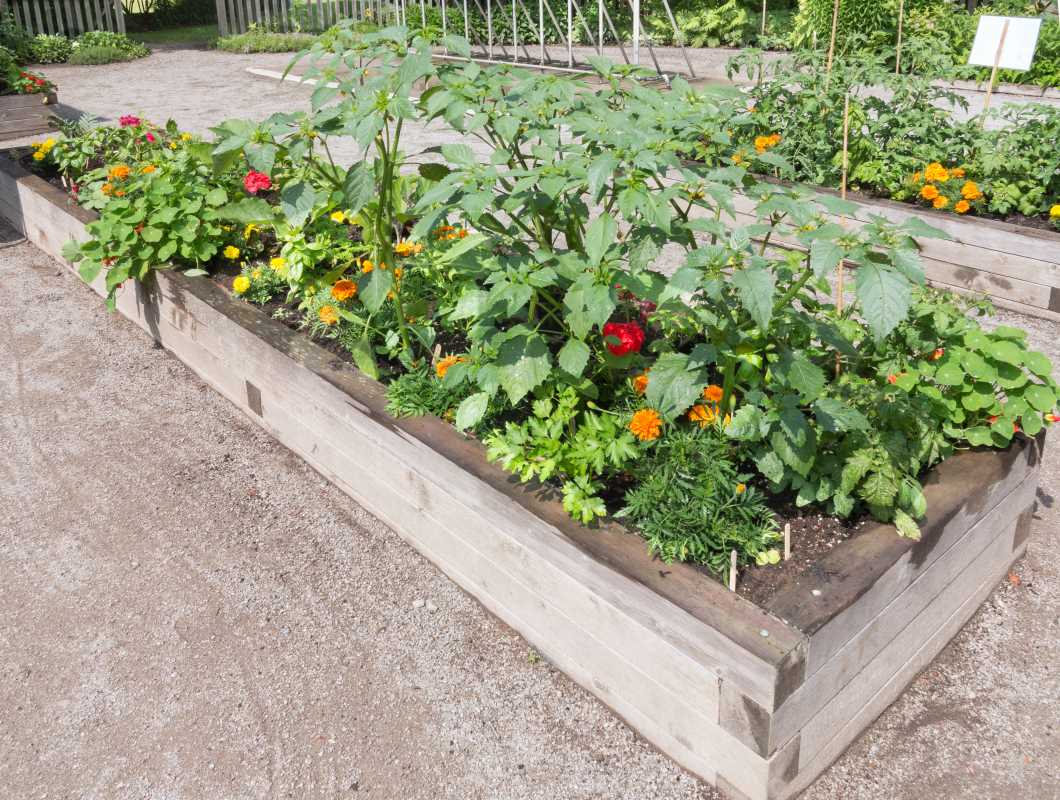 (Image via
(Image via